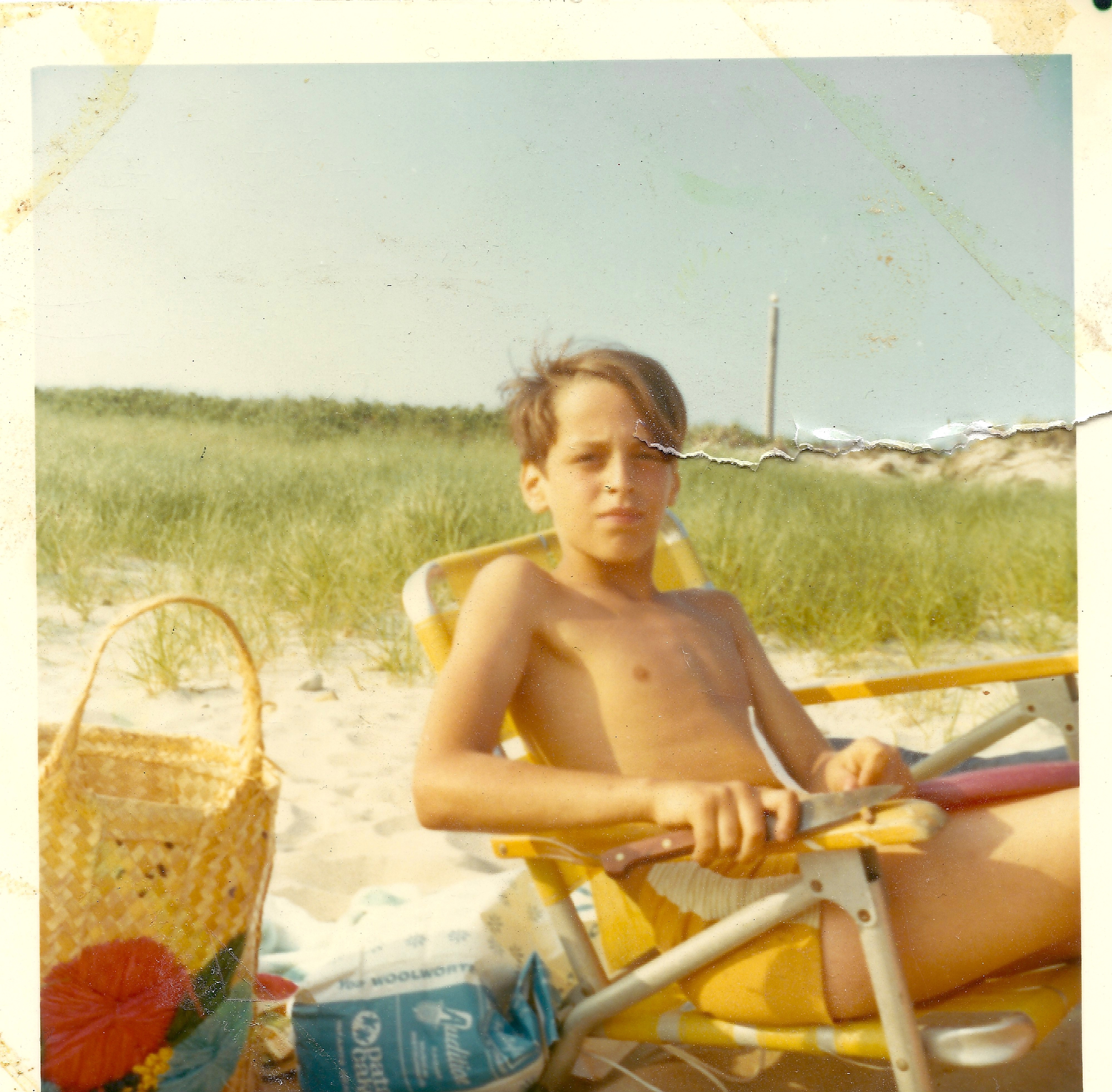

Rich did not intend to become a scientist after graduating from Brown University. His interests lay in labor relations, so he worked as a union organizer for a year, but quickly became disillusioned. “I felt like all I was doing was bothering people so they would show up to meetings,” he says, “and that wasn’t so fun”. In contemplating what he should do instead, he reflected on his undergraduate honor’s thesis and how much he enjoyed the freedom that came with doing his own research. Even better, he learned that if he went to graduate school, he would get paid to do research. Rich therefore left behind his work as a union organizer and pursued graduate school in cognitive psychology.
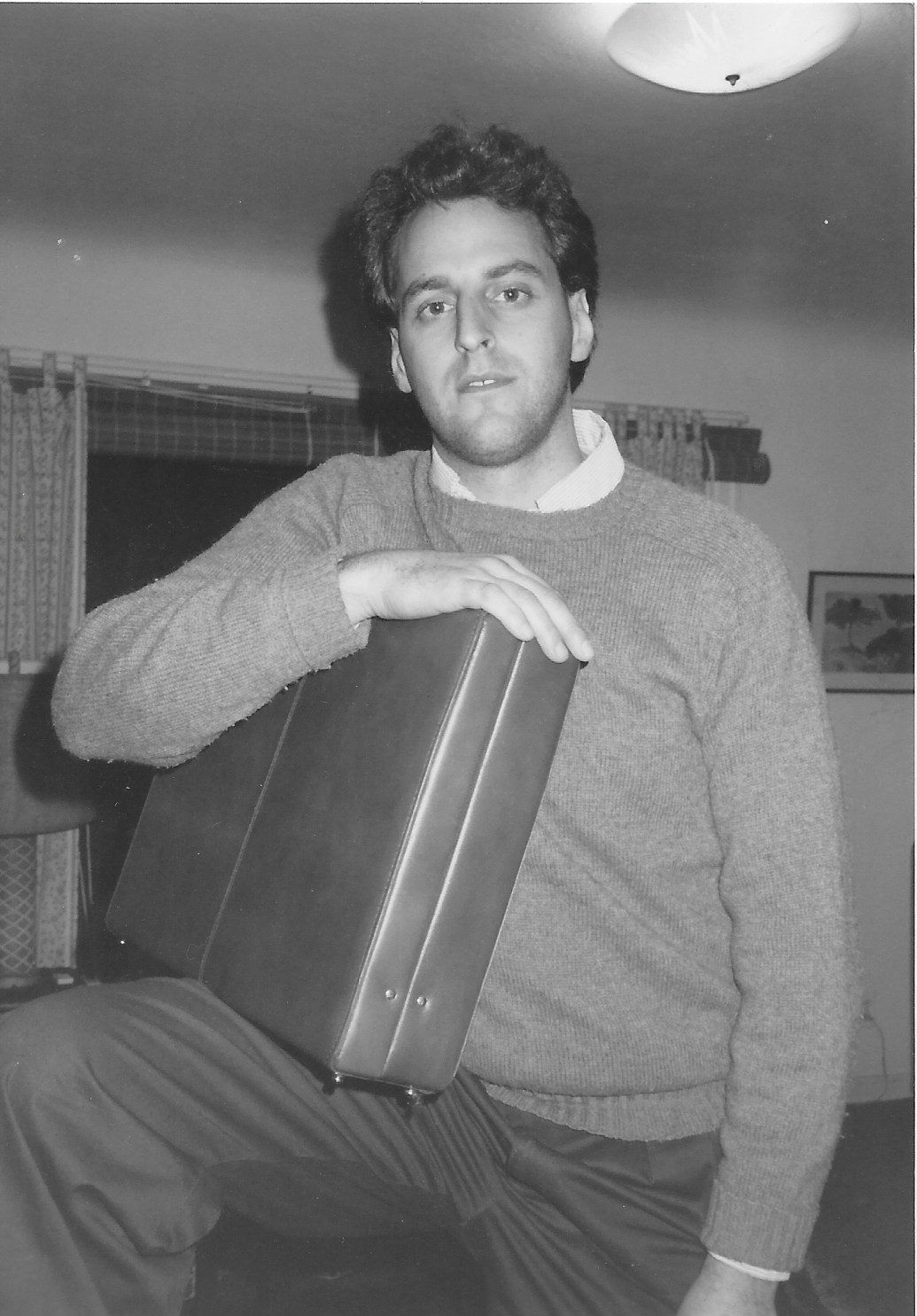
The University of Oregon paid Rich $5000 a year as a graduate student. “That was certainly enough to live well in Oregon at the time,” he says, “ and I chose my graduate school because my then girlfriend, now wife, wanted to finish her undergraduate degree and she was from Oregon.” As one of only six graduate students in his cohort, Rich enjoyed high-quality mentorship from the 11 faculty members in the program. A key figure in Rich’s graduate education was Mike Posner, a pioneer in cognitive psychology and neuroimaging. Mike Posner was one of the first scientists to study patients with brain lesions as a means of understanding brain regions and networks involved in attention.
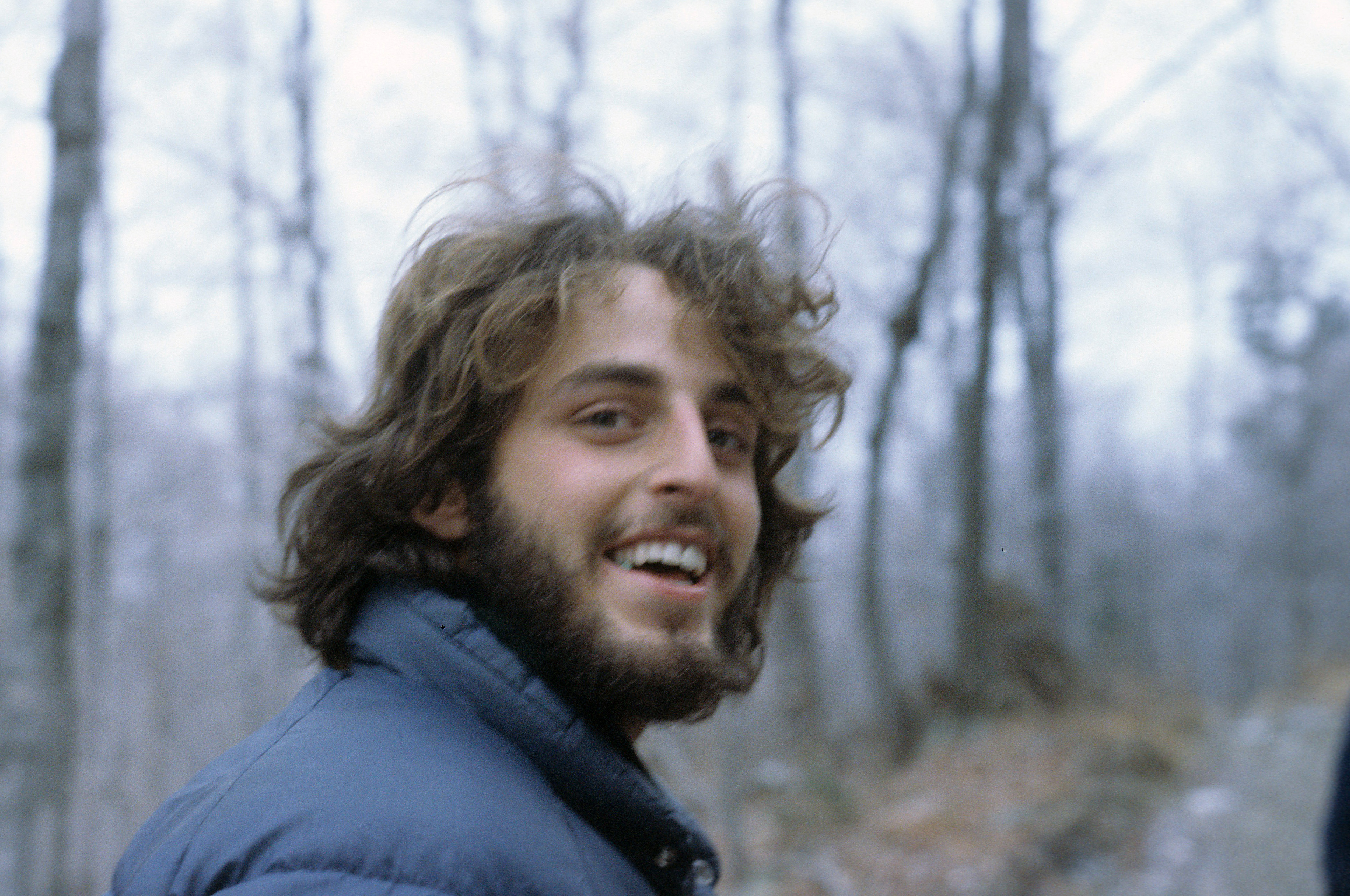
Every Tuesday night at 7 PM, students and faculty would gather at Mike’s house to listen to someone give a chalk talk. Sometime during the first few weeks of Rich’s graduate career, Mike detailed the results of his first study involving a patient cohort from Portland with lesions and attention problems. “I just happened to be, amazingly, in the perfect place at the perfect time by pure chance,” Rich says. This served as an inspiration to his own graduate work, where Rich began investigating patients with neurological disorders in the motor domain. To this day, Rich’s research is patient-centered, and his lab maintains numerous projects on elucidating the role and functional organization of the cerebellum, a region at the very back of the brain classically associated with voluntary motor functions.

Rich was mostly clueless about post-graduate job options, but eventually applied for faculty positions. He was a bit concerned about his teaching skills as he had previously received evaluations that read: “Nice try, Rich.” Nonetheless, he successfully landed his first faculty appointment at UCSB. He deferred this position for a year to pursue postdoctoral work. Rich was presented with two choices: he could either move to Washington University in St. Louis to gain expertise in neuroimaging with Mike Posner, or stay in Portland to continue his work with patients. “I could have been there at ground zero of neuroimaging, but I decided to stick with the patient-testing projects,” he says. It was later, during his time at Berkeley, that he eventually began conducting his own neuroimaging studies.
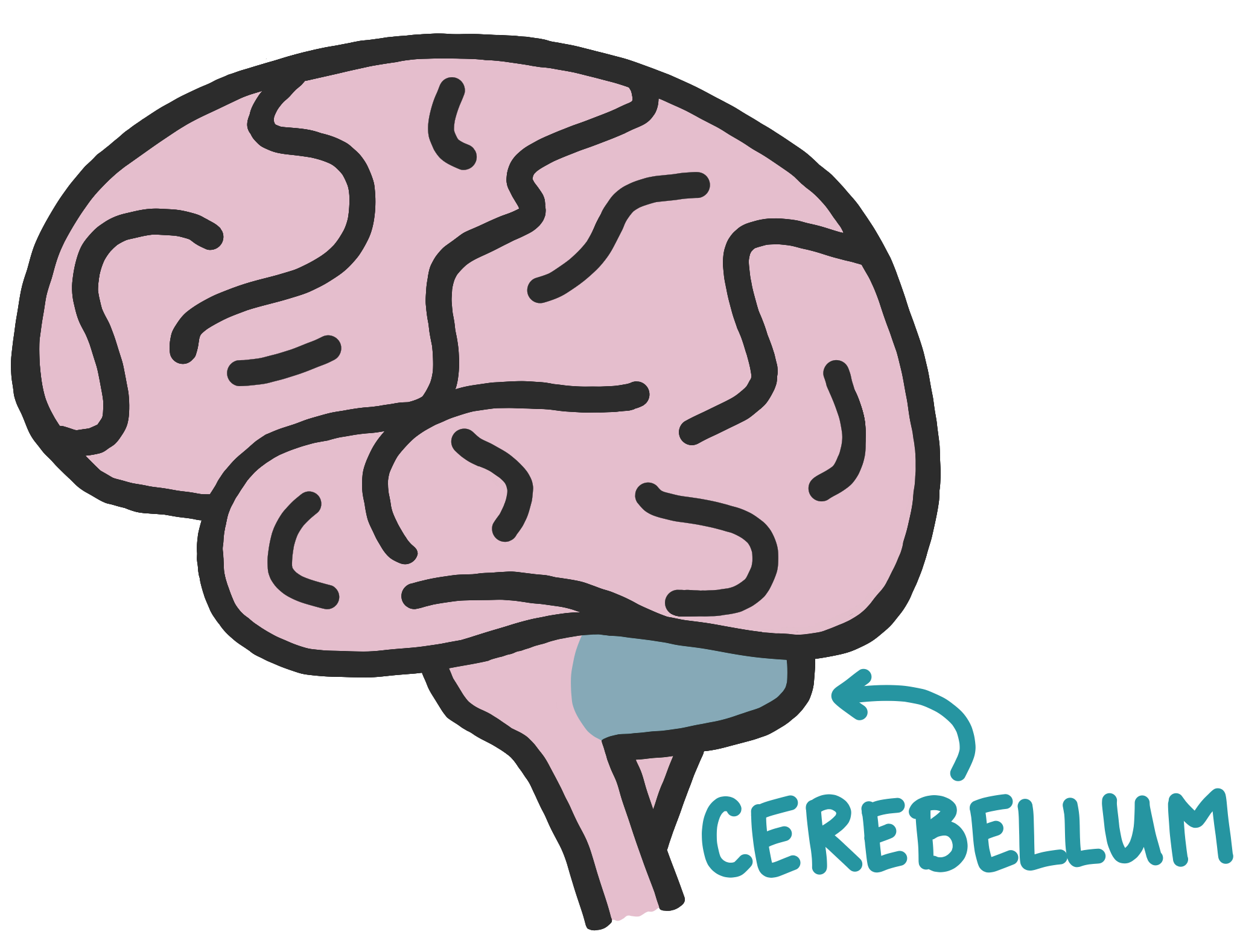
After his postdoc, Rich and his wife moved to Santa Barbara. Moving from the lush forests of Oregon to the desert-like landscape of Santa Barbara was quite the change in scenery. “I can’t say my work was going great there, to tell you the truth”, he says. After three years at UCSB, Rich moved to the Bay Area with his wife and two young children. He found that UC Berkeley was very open and well-resourced to building a patient research program. Furthermore, and perhaps most importantly, he found that he was overrun with incredible graduate students who drove scientific progress in his lab. Though it takes a little bit of creativity to work with patients at an university that does not have an associated hospital, Rich is grateful for his colleagues with whom he devises ways to collaborate with hospital facilities and patient populations in the U.S. and around the world.
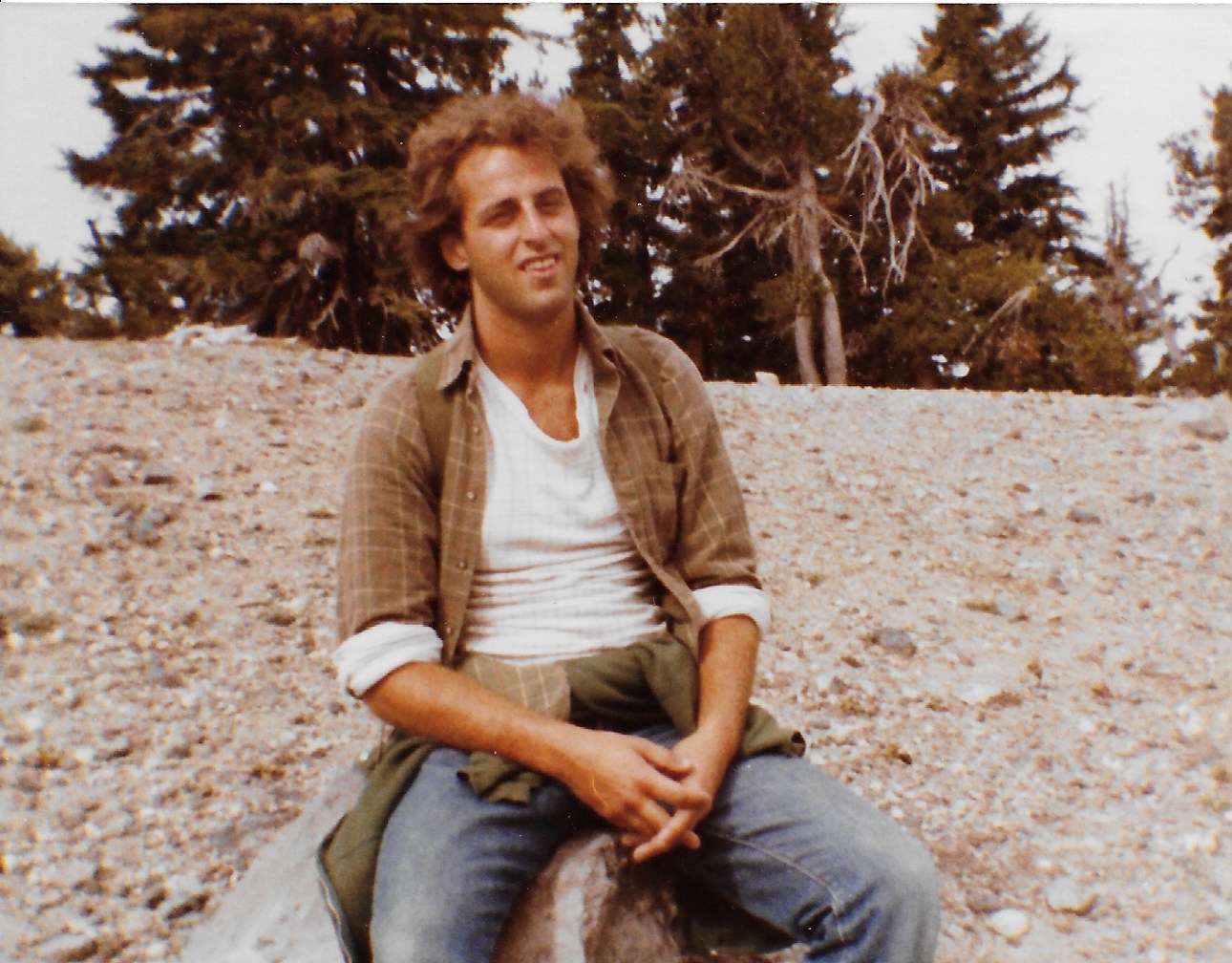
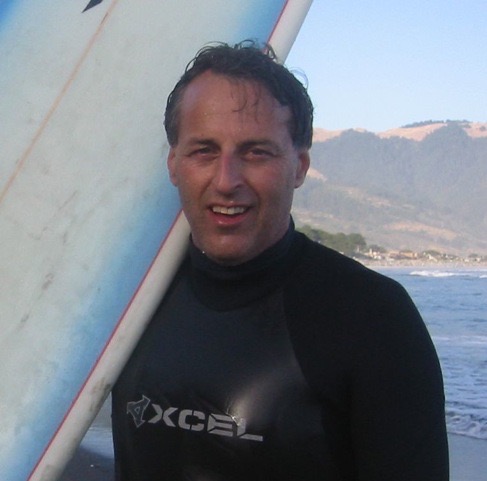
Outside of work, Rich is a big fan of the California outdoors. He has not missed a day during the pandemic to go on a 5+ mile hike. He knows almost all of the trails in the East Bay, though he is careful to avoid those in coyote territory since he is generally accompanied by his dog. He also enjoys surfing and mountain biking and is a regular attendee of concerts in Oakland and San Francisco (when those were still happening). He has documented every concert he has been to for the past 10 years on his YouTube channel, which you can check out here and here.